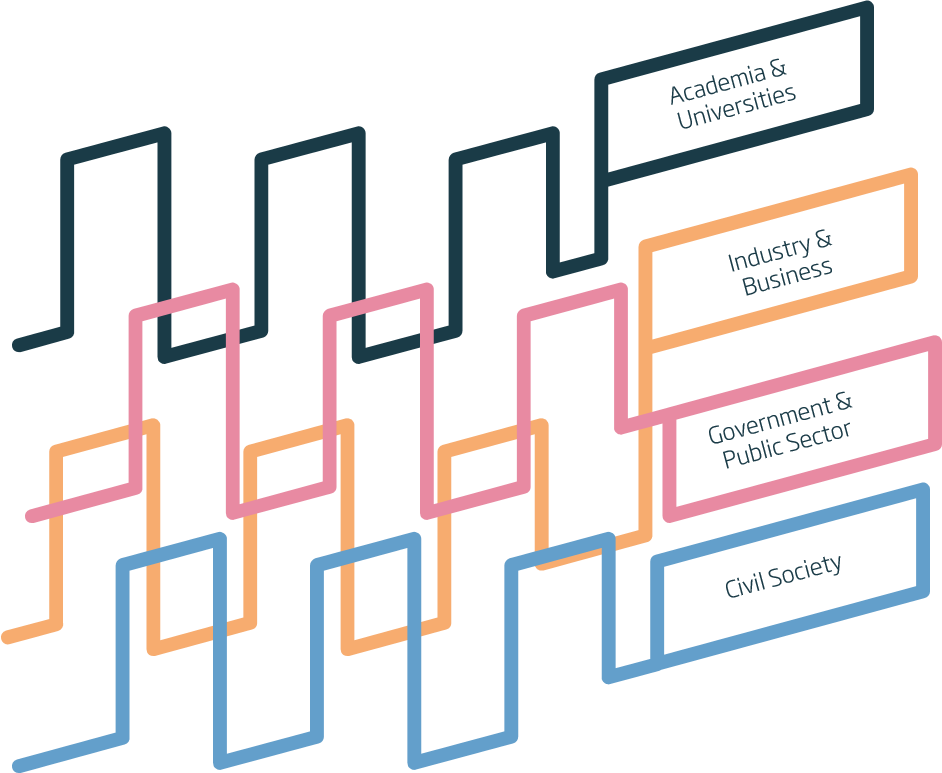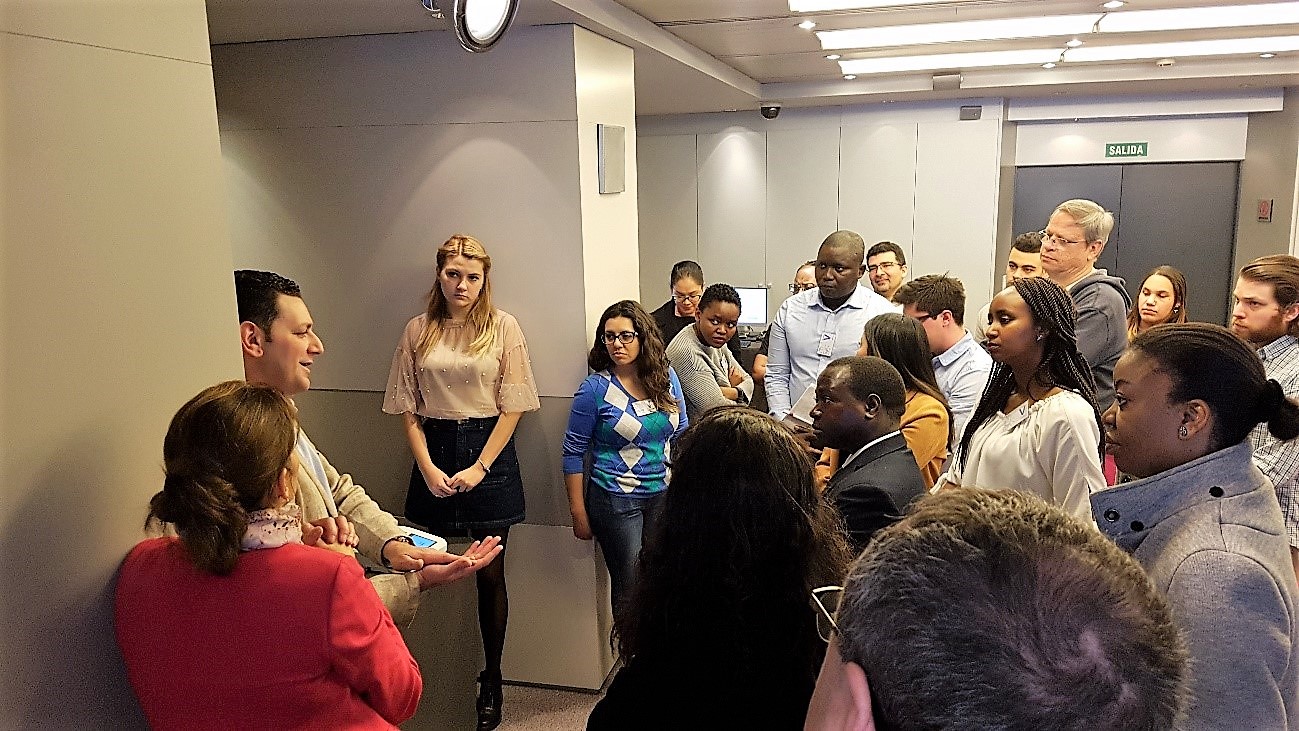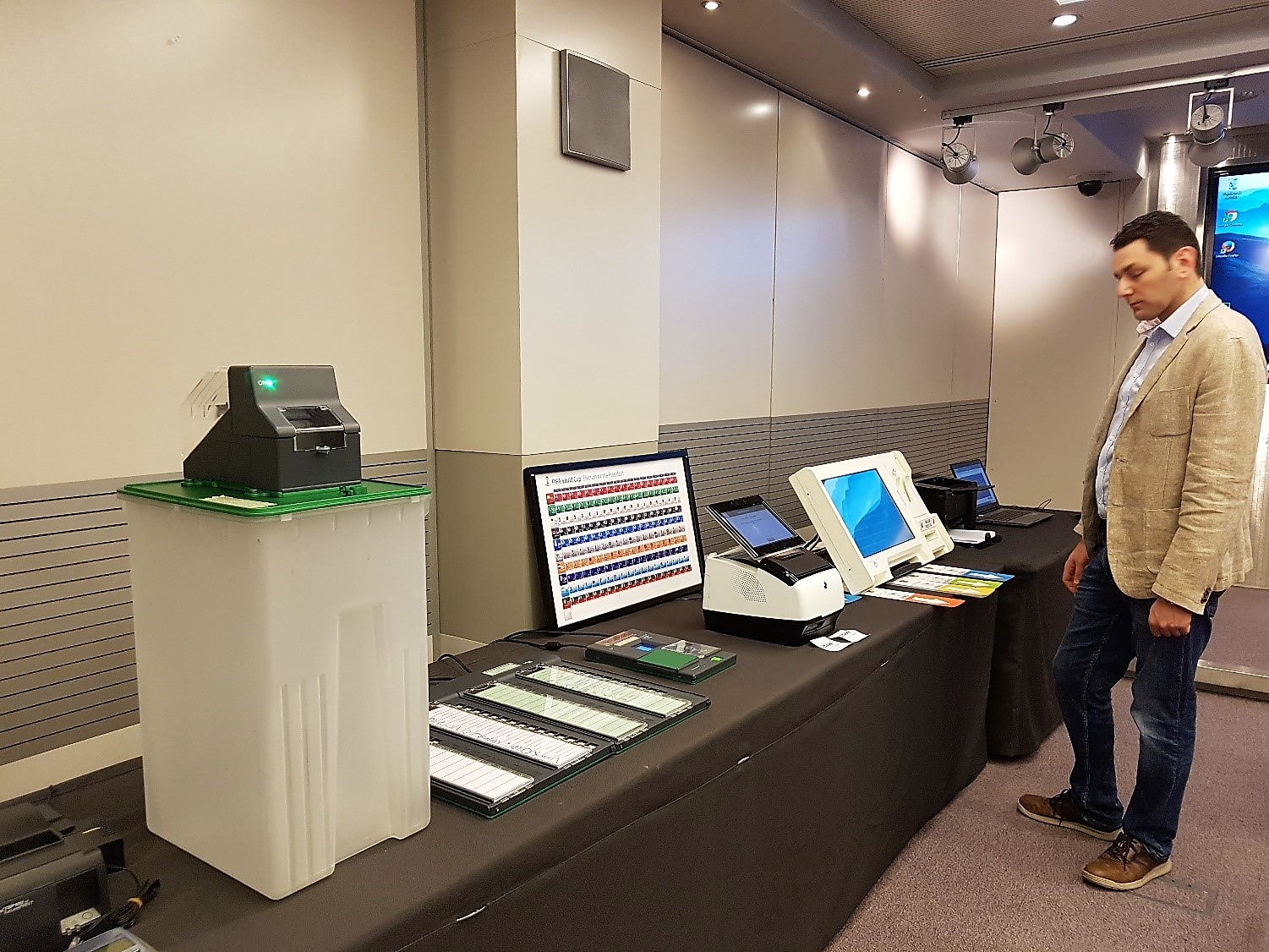
Knowledge Transfer
A Driving Factor for Social Development
Knowledge, its origin and the way to obtain it have been the subject of discussion since Plato proposed three possible sources of knowledge: faith, perception and reason.
Nowadays, there are several lines of research about the concept of knowledge, but the most popular is probably the Theory of Knowledge, inaugurated by Ikujiro Nonaka's article, "The Knowledge-Creating Company", published in the Harvard Business Review in 1991. This theory proposes new elements associated with knowledge and its management, like Knowledge Sharing, Knowledge Transfer or Knowledge Barriers. Along with these, it is interesting to mention the “Triple Helix” innovation model, Etzkowitz and Leydesdorff (1997), which studies the relationships between universities, companies, and state, and how transfer of knowledge between them favors economic and social development. Recently, some researchers have proposed to add a fourth component to this model: civil society and the media, to give rise to the “Quadruple Helix” (Carayannis and Campbell, 2009).

As we see, knowledge transfer between different social actors is a key element in the evolution and development of societies. Universities have incorporated it as its third pillar in the 21st century, along with the classic education and research. States and supranational organizations have also developed policies and tools that promote and facilitate the transfer of knowledge between states, industries and social organizations.
The European Union (EU), for example, has developed the IP Helpdesk, a platform that offers assistance on topics related to intellectual property. Its beneficiaries are research projects funded by the EU and SMEs that participate in transnational partnership agreements. Another international reference for knowledge transfer is Danish Technological Institute (DTI) whose network of experts involves scientists from all over the world. Furthermore, it already has a greater number of research contracts abroad than in Denmark itself.
Without seeking to be at the level of these organizations, Indra and the Electoral Solutions Area of Minsait are creating initiatives to establish a collaboration model between academic and research institutions, private companies, media and states. An example of these initiatives of knowledge transfer are the sessions that for several years we have been organizing together with the Complutense University of Madrid. Oriented to students of their master's programs, they aim to raise awareness of the state of the art of electoral technologies and encourage the creation of networks among students, academics and the business sector.

The last session took place in March with students of the Master Program in Parliamentary Procedures and Legislative Drafting of the UCM. Students from countries as diverse as Colombia, Malawi, Georgia, Botswana or Ecuador attended and were able to see the various solutions for the registration and biometric identification of voters, electronic voting systems, solutions for the digitization of electoral documentation and various solutions for transmission and counting of results. These days of open doors allow students to interact with systems used in many countries, giving them the opportunity to know systems different from those used in their countries of origin and see the real application of some of the theoretical concepts of their training program.

The Parliamentary Law Department is our biggest collaborator thus far and we are proud to work with such a prestigious university as the UCM. Even so, this is just one of the ways in which Minsait seeks to eliminate knowledge barriers between sectors. We are currently immerse in a process of searching and evaluation of strategies and collaborating entities to develop more ambitious collaboration agreements with academic entities, communication companies and third sector organizations. We hope to conclude some of the agreements that we have been working on in the past few months. Lastly, we would like to use this article to make a public invitation to any entity interested in favoring the transfer of knowledge with Minsait.
References
Etzkowitz, H. & Leydesforff, L. (2000). The dynamics of innovation: from National Systems and “Mode 2” to a Triple Helix of university-industry-government relations. Research Policy, 29(2), pp.109-
Elias G. Carayannis y David F.J. Campbell «‘Mode 3’ and ‘Quadruple Helix’: toward a 21st century fractal innovation ecosystem». Int. J. Technology Management 46 (3/4): 201-234. 2009.
Nonaka, Ikujiro (1991), "The Knowledge-Creating Company", Harvard Business Review, 69 (6 Nov-Dec): 96–104






Add comment